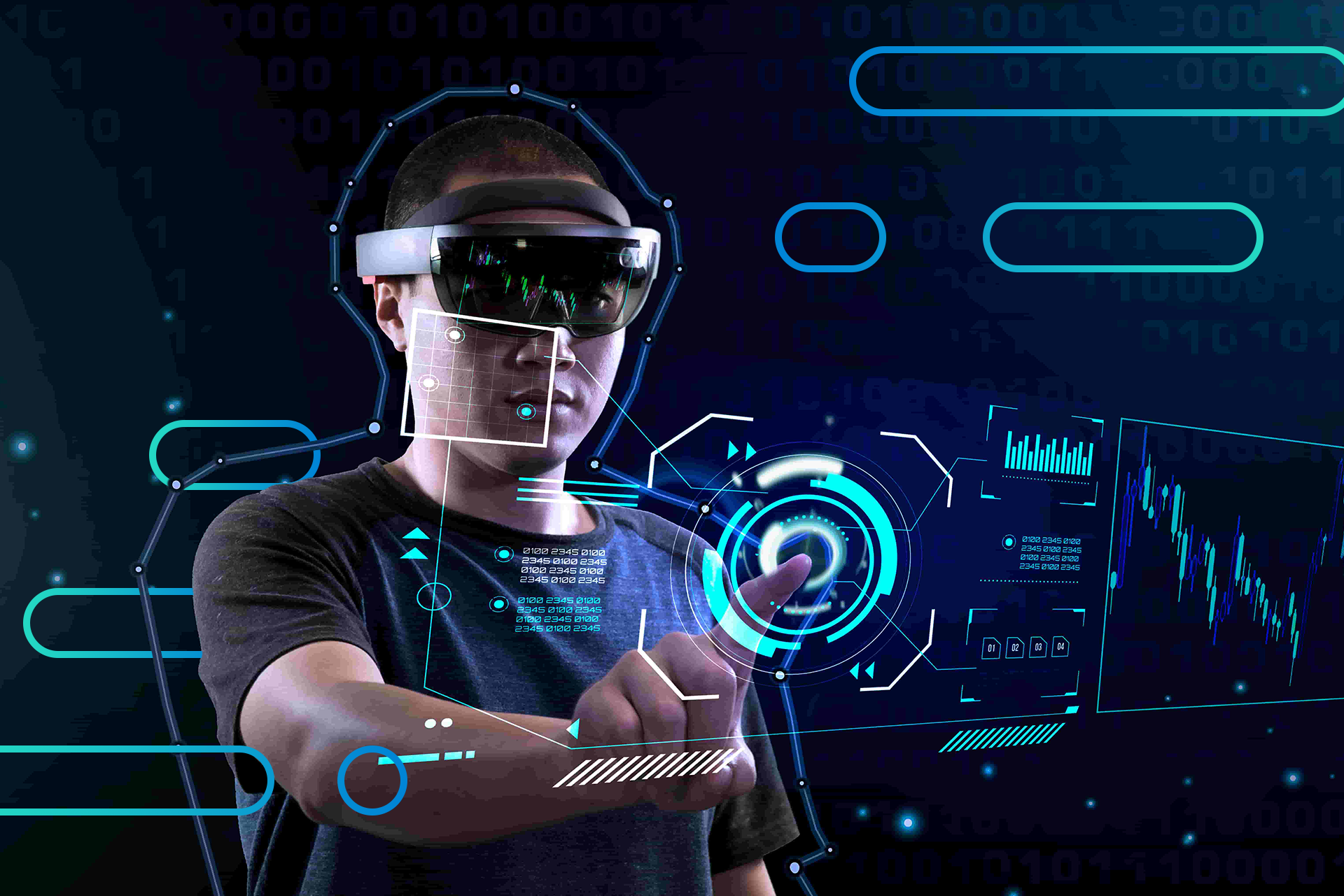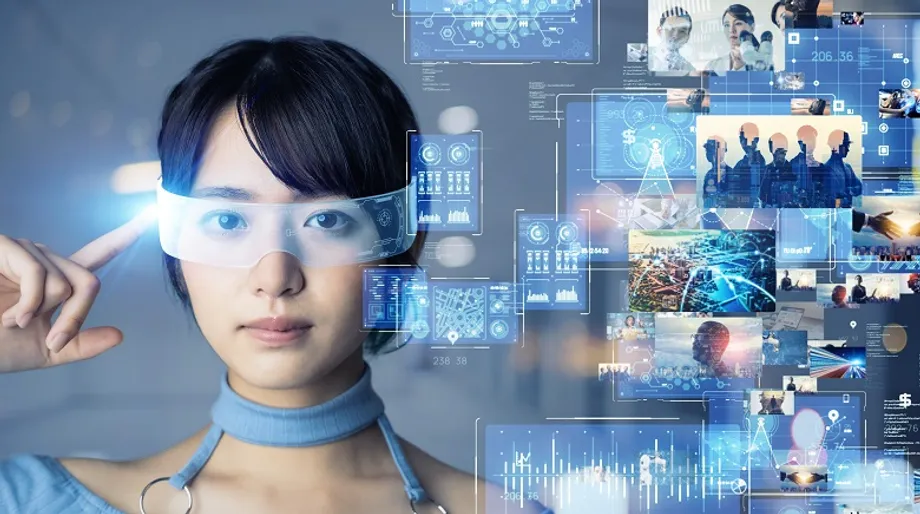Virtual Reality: Bridging the Gap Between the Real and the Digital
Introduction
Virtual Reality (VR) has transcended the realm of science fiction to become a transformative technology with the potential to reshape how we experience, interact with, and understand the digital world. As the line between reality and the virtual blurs, VR is becoming increasingly integrated into various sectors, from entertainment and gaming to healthcare and education. In this article, we will delve into the world of virtual reality, exploring its applications, current trends, and the profound impact it’s having on our lives.
Defining Virtual Reality
Virtual reality refers to a computer-generated, immersive environment that simulates a three-dimensional world, often with a sense of presence or “being there.” Users typically wear VR headsets that track their head and sometimes hand movements, allowing them to navigate and interact with the virtual environment.
Applications of Virtual Reality
- Gaming and Entertainment: VR gaming is one of the most popular and visible applications. Gamers can step into fantastical worlds, wield virtual weapons, and interact with characters in ways previously unimaginable. Beyond gaming, VR is revolutionizing entertainment through immersive experiences, such as virtual concerts and cinematic storytelling.
- Training and Education: VR offers a safe and controlled environment for training across various industries. Pilots can practice flight maneuvers, medical professionals can perform virtual surgeries, and students can explore historical events through immersive simulations.
- Healthcare: Virtual reality is making waves in healthcare, from pain management and physical therapy to exposure therapy for treating PTSD. VR is also used for medical training, allowing students to practice surgeries in a realistic but risk-free environment.
- Architecture and Design: Architects and designers can use VR to create and explore virtual prototypes of buildings and products, making it easier to visualize and refine their designs.
- Tourism and Travel: VR is changing the way people plan vacations by offering virtual tours of destinations and accommodations. It allows travelers to preview their trips in 360-degree immersive experiences.
Current Trends in Virtual Reality
- Wireless and Standalone Headsets: Advances in hardware have led to more compact and powerful VR headsets, some of which are wireless and standalone, eliminating the need for tethering to a PC or console.
- Augmented Reality (AR) Integration: VR is converging with AR, creating a mixed reality (MR) that overlays digital elements onto the real world. This opens up new possibilities in fields like education, navigation, and gaming.
- Social VR: Social platforms within VR are on the rise, enabling users to interact with friends and strangers in virtual environments, fostering a sense of presence and connection.
- Business Applications: VR is increasingly used for remote work, collaborative design, and virtual meetings, enabling more immersive and effective communication among teams.
- Accessibility and Inclusivity: Efforts are underway to make VR more accessible to people with disabilities, ensuring that everyone can benefit from its applications.
The Future of Virtual Reality
As technology continues to advance, VR is poised to become an even more integral part of our lives. From healthcare breakthroughs to enhanced educational experiences and the evolution of entertainment, the possibilities are vast. The key to unlocking its full potential lies in continued innovation, increased accessibility, and thoughtful integration into various industries.
Conclusion
Virtual reality has transcended the status of a tech novelty to become a transformative force with far-reaching implications. It has the power to enhance our understanding of the digital world, enrich our experiences, and reshape industries. As VR technology evolves and becomes more accessible, its impact on how we work, play, learn, and connect will continue to grow, making it an exciting frontier in the realm of technology.
Share this content:


